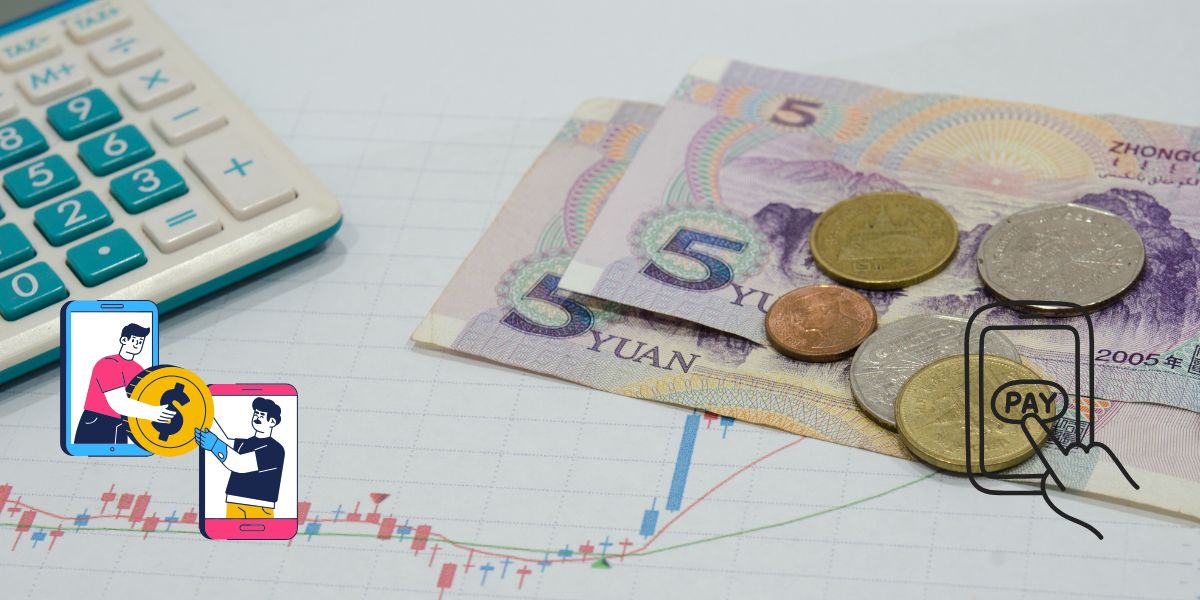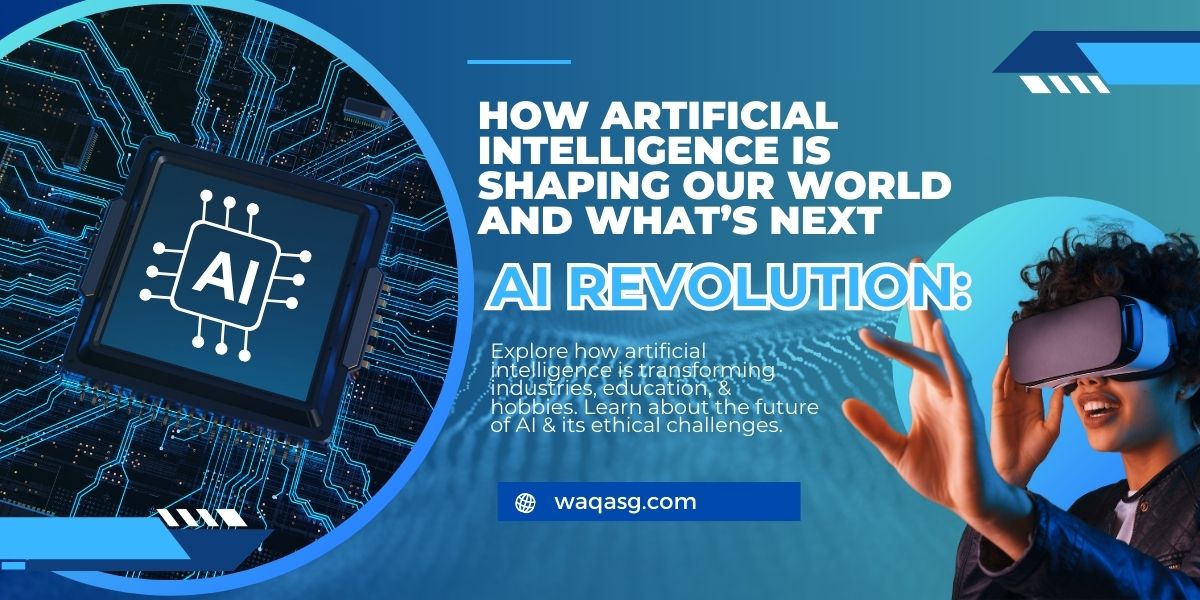Originally published on March 12, 2025 | Last Updated on April 24, 2025
In a significant move for Pakistan’s digital economy, Google Wallet has officially launched in the country, bringing a seamless and secure digital payment experience to millions of users. This launch marks a major milestone in Pakistan’s journey toward becoming a cashless society, offering consumers and businesses a faster, more convenient way to manage transactions.
With the rise of smartphones and internet penetration, digital wallets have become increasingly popular worldwide. Google Wallet’s entry into Pakistan is set to revolutionize the way people pay, shop, and manage their finances. But what exactly is Google Wallet? & How will it impact Pakistan’s digital landscape? Let’s dive in.
What is Google Wallet?
Google Wallet is a digital wallet platform developed by Google. This allows users to store payment information, loyalty cards, tickets, and more in one place. It can help to make everyday transactions faster, easier, and more secure.
Key features of Google Wallet include:
- Contactless Payments: Use your smartphone to make payments at NFC-enabled terminals.
- Digital Cards: Store debit, credit, and loyalty cards digitally.
- Ticket Storage: Keep event tickets, boarding passes, and transit cards in one app.
- Security: By incorporating advanced encryption and biometric authentication ensure your data is safe.
Google Wallet is already widely used in countries like the United States, Canada, and parts of Europe. Its launch in Pakistan is a testament to the country’s growing potential as a digital economy.
Why Pakistan? The Digital Payment Landscape
Pakistan’s digital payment ecosystem has been growing rapidly in recent years. As reported by the State Bank of Pakistan (SBP), the country saw a 35% increase in digital transactions in 2022, driven by the rise of mobile banking and e-commerce.
Several factors have contributed to this growth:
- Smartphone Penetration: Over 100 million Pakistanis now own smartphones, making digital wallets more accessible.
- Internet Expansion: With the rollout of 4G and upcoming 5G networks, internet connectivity is improving across the country.
- Government Initiatives: Programs like the National Payment Systems Strategy (NPSS) aim to promote digital payments and financial inclusion.
- E-Commerce Boom: Platforms like Daraz, Foodpanda, and Cheetay have made online shopping and food delivery mainstream.
The launch of Google Wallet comes at a time, as the Pakistanis are increasingly embracing digital solutions for their everyday needs.
How Google Wallet Works in Pakistan
Google Wallet is designed to integrate seamlessly with Pakistan’s existing payment infrastructure. Here’s how it works:
1. Setting Up Google Wallet
- Download the Google Wallet app from the Google Play Store.
- Add your debit or credit card details securely.
- Enable NFC (Near Field Communication) on your smartphone for contactless payments.
2. Making Payments
- At NFC-enabled payment terminals, simply unlock your phone and hold it near the terminal to complete the transaction.
- For online purchases, select Google Wallet as your payment method at checkout.
3. Storing Tickets and Cards
- Add event tickets, boarding passes, and loyalty cards to the app for easy access.
- Use your phone to scan QR codes for transit payments or event entry.
4. Security Features
- Biometric Authentication: Use your fingerprint or facial recognition to authorize payments.
- Tokenization: Your card details are replaced with a unique token, ensuring they’re never shared with merchants.
- Remote Lock: One can remotely lock or erase your Google Wallet data.
Benefits of Google Wallet for Pakistanis
There are numerous benefits of Google Wallet for both consumers and businesses in Pakistan:
For Consumers:
- Convenience: Carry fewer physical cards and tickets.
- Speed: Complete transactions in seconds with contactless payments.
- Rewards: Earn points and cashback through integrated loyalty programs.
- Security: Enjoy peace of mind with advanced encryption and fraud protection.
For Businesses:
- Increased Sales: Faster checkout times lead to higher customer satisfaction and repeat business.
- Cost Savings: Reduce the need for physical payment terminals and cash handling.
- Data Insights: Gain valuable insights into customer behavior and preferences.
Challenges and Considerations
While Google Wallet’s launch is exciting, there are some challenges to consider:
- Adoption: Educating users about the benefits of digital wallets and how to use them.
- Infrastructure: Ensuring widespread availability of NFC-enabled payment terminals.
- Security Concerns: Addressing potential fears about data privacy and fraud.
- Competition: Competing with established players like Easypaisa, JazzCash, and SadaPay.
To overcome these challenges, Google will need to work closely with local banks, merchants, and regulators to build trust and drive adoption.
The Future of Digital Payments in Pakistan
Google Wallet’s launch is just the beginning of Pakistan’s digital payment revolution. Here are some trends to watch:
1. Increased Financial Inclusion
Digital wallets like Google Wallet can help bring millions of unbanked Pakistanis into the formal financial system.
2. Integration with Government Services
Google Wallet could be used to pay for utilities, taxes, and other government services, streamlining processes and reducing corruption.
3. Partnerships with Local Businesses
Collaborations with retailers, restaurants, and transportation providers will make Google Wallet more versatile and widely accepted.
4. Expansion of NFC Infrastructure
As more businesses adopt NFC-enabled terminals, contactless payments will become the norm.
How to Get Started with Google Wallet
Ready to embrace the future of payments? Here’s how to get started with Google Wallet in Pakistan:
- Download the App: Visit the Google Play Store and download Google Wallet.
- Add Your Cards: Follow the prompts to add your debit or credit card details.
- Enable NFC: Go to your phone’s settings and turn on NFC.
- Start Using: Look for the contactless payment symbol at checkout and tap to pay.
Final Thoughts
The launch of Google Wallet in Pakistan is a game-changer for the country’s digital economy. By offering a seamless, secure, and convenient payment solution, Google is empowering Pakistanis to embrace the future of finance.
As more people adopt digital wallets, we can expect to see a shift toward a cashless society, with benefits for consumers, businesses, and the economy as a whole. The future of payments is here, and it’s in your pocket.


